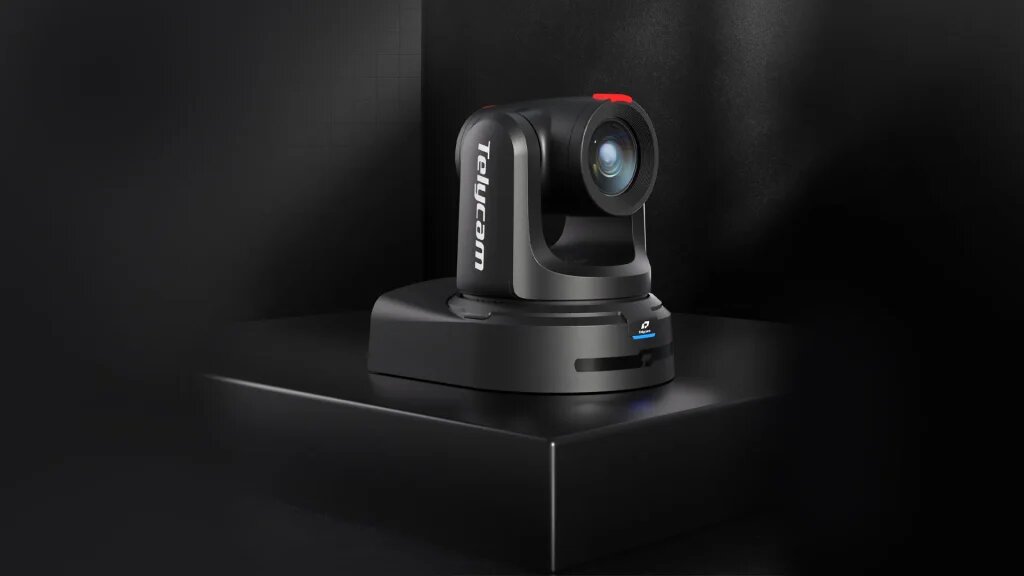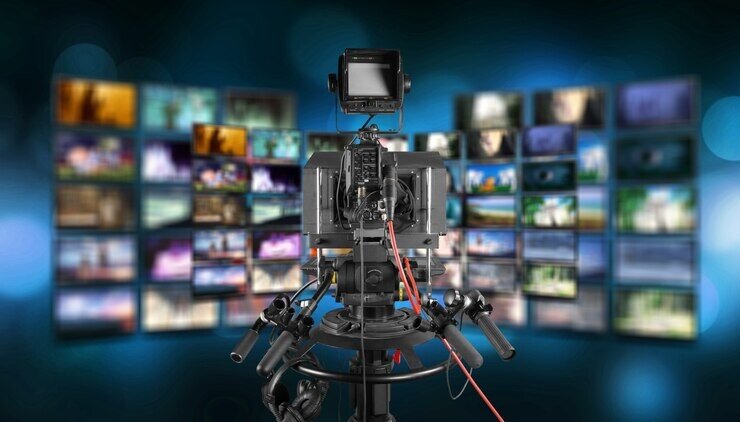Switching to Depence use camera as video source transformed my videos with sharp visuals, vibrant colors, and a pro look. The setup was easy and affordable, making my content far more engaging than any webcam. It’s the secret weapon every creator needs to keep their audience hooked.
Depence use camera as video source enhances video quality with sharp visuals, vibrant colors, and pro depth, making it a must for creators to stand out.
Introduction To Depence Use Camera As
In today’s digital landscape, where virtual interactions have become the norm, the quality of your video presence can significantly influence how you’re perceived. Whether you’re a content creator, a business professional, or simply someone looking to enhance your video calls, the trend of using cameras as depence use camera as depence use camera as video source is revolutionizing how we connect.
With the advent of high-quality digital cameras and the increasing accessibility of advanced technology, let’s dive into why more people are making the switch and how you can maximize this transition for better engagement and results.
The Rise Of Camera Dependence: What’s Driving This Trend?
1. Understanding Video Quality: The Importance Of Resolution
In an age where attention spans are shorter than ever, the visual quality of your content is paramount. Viewers expect sharp, clear videos that keep them engaged. Cameras, especially DSLRs and mirrorless options, offer exceptional resolution, often capturing video at 4K and beyond. This is a game-changer in a world where many still rely on the limited capabilities of built-in webcams, which often produce less-than-stellar quality.
2. The Science Behind Perception: Why Quality Matters
Research indicates that viewers are significantly more likely to stay engaged with high-quality content. A study by the University of Pennsylvania found that video quality directly impacts viewer retention and satisfaction. High-definition visuals not only enhance credibility but also create a more immersive viewing experience.
3. Real-World Examples Of Quality Impact
Imagine two YouTube channels discussing the same topic: Channel A uses a basic webcam, while Channel B showcases stunning visuals with a DSLR, professional lighting, and crystal-clear sound. Viewers will naturally gravitate towards Channel B, not just for the content but for the immersive experience.
High-quality production doesn’t just look good—it builds trust, enhances brand perception, and drives engagement. Investing in superior video quality can boost your channel’s credibility, attract more subscribers, and help you stand out in a crowded digital space, leading to higher rankings and a stronger online presence.
Unleashing Your Inner Director: Control And Creativity
1. Your Video Look: Advanced Camera Features
Using a dedicated camera unlocks a plethora of features that webcams simply cannot match. You have the power to adjust ISO, shutter speed, and aperture, allowing you to manipulate light and focus creatively.
2. Exploring Depth Of Field:
Depth of field is a crucial element in video production. A shallow depth of field can beautifully blur backgrounds, emphasizing your subject and creating a professional look. This is particularly effective for tutorials, vlogs, and interviews, helping viewers focus on the most critical elements of your content.
3. The Art Of Composition:
With cameras, you can apply principles of composition such as the rule of thirds, leading lines, and symmetry to create visually stunning videos. Understanding how to frame your shots effectively can enhance storytelling and keep your audience engaged.
4. Experimentation: Pushing Creative Boundaries
Cameras invite experimentation. Whether it’s trying new angles, using different lenses, or playing with light, each recording session can yield unique results. This creative freedom is essential for content creators who wish to distinguish themselves in a crowded market.
Plug-And-Play Simplicity: No Tech Degree Needed
1. Demystifying Camera Setups:
Fear of technology often deters individuals from switching to cameras for video. However, advancements in technology have made it easier than ever to set up a camera for video use. Many cameras now feature USB connections, making them accessible and user-friendly.
2. Guided Setup For Beginners:
- Choose Your Camera: Whether it’s a DSLR, mirrorless, or high-quality webcam, select one that suits your needs.
- Install Necessary Software: Download camera-specific software if required (e.g., Canon EOS Webcam Utility).
- Connect and Configure: Plug your camera into your computer and select it as your video source in your streaming software (e.g., Zoom, OBS).
- Adjust Settings: Ensure your camera settings (resolution, frame rate) match your video platform’s requirements.
3. Support And Resources:
Getting started is easier than ever, thanks to a wealth of online guides and step-by-step tutorials at your fingertips. Many brands go the extra mile with user-friendly manuals and engaging video tutorials, turning what could be a daunting setup into a quick and enjoyable experience. With these handy resources, you’ll be up and running in no time, with confidence and ease.
Budget-Friendly Brilliance: Better Video Without Breaking The Bank
1. Maximizing Existing Equipment
Before investing in new gear, assess what you already have. Many creators already own cameras that can serve as excellent depence use camera as video source. For example, an older DSLR may provide superior quality compared to standard webcams.
2. Cost-Effective Accessories:
If you decide to enhance your setup, consider investing in budget-friendly accessories that can significantly improve your video quality. Here are a few essentials:
- Tripods: Stabilize your camera for steady shots.
- Lighting Kits: Proper lighting enhances video quality and professionalism.
- External Microphones: Quality audio is just as important as video quality; consider lavalier or shotgun mics.
3. Exploring Secondhand Options:
The secondhand market for cameras is thriving. Websites like KEH, B&H Photo, and eBay offer great deals on used cameras and accessories. Purchasing secondhand allows you to stretch your budget further and still obtain high-quality equipment.
One Device, Endless Possibilities: Cameras For Every Occasion
1. Cameras As Multi-Purpose Tools:
Cameras serve multiple purposes beyond content creation, adapting to a variety of platforms and needs:
- Professional Meetings: Improve the quality of video calls for interviews, webinars, and virtual conferences, making interactions feel more professional and engaging.
- Creative Projects: Capture stunning footage for short films, vlogs, or online courses, bringing creative ideas to life with high-definition quality.
- Virtual Experiences: Utilize cameras to create immersive virtual tours, interactive demos, or behind-the-scenes looks, enhancing audience engagement in innovative ways.
2. Adapting To Content Trends:
As content trends evolve, so should your approach. Cameras allow you to experiment with different formats, such as vertical video for social media or cinematic sequences for YouTube. Understanding your audience’s preferences can guide your content strategy, enhancing engagement.
3. Leveraging Editing Software:
Post-production is where the magic happens. Using editing software like Adobe Premiere Pro, Final Cut Pro, or DaVinci Resolve can elevate your videos to the next level. Here, you can refine your footage, add effects, and create a polished final product that captivates viewers.
Future-Proof Your Video Game: Stay Ahead Of The Curve
1. Investing In Versatility:
When choosing a camera, look for models that offer adaptability. Features such as 4K recording, interchangeable lenses, and the ability to connect to various devices can ensure your camera remains relevant as technology advances.
2. Keeping Up With Trends:
Stay informed about emerging video trends and technologies. As platforms like TikTok and Instagram prioritize video content, being able to produce high-quality videos will give you a competitive edge. Consider attending webinars, workshops, or online courses to enhance your skills continually.
3. Sustainability In Content Creation:
Investing in quality equipment not only enhances your content but also contributes to sustainable content creation. By using gear that lasts and can adapt to changing trends, you reduce waste and make a smart long-term investment.
FAQs:
1. Can I Really Use Any Camera As A Video Source?
Yes! Most modern cameras, including DSLRs, mirrorless models, and high-end smartphones, can be used with the right setup.
2. What Makes Using A Camera Better Than My Regular Webcam?
Cameras deliver superior video quality, customizable settings, and flexibility for different content types, making your videos look more professional and engaging, which boosts viewer satisfaction and keeps them watching longer.
3. Do I Need Any Extra Gear To Connect My Camera?
Often, you’ll need a USB cable or HDMI capture card, depending on your camera model. Many newer cameras support direct USB connections.
4. Is Switching To A Camera An Expensive Upgrade?
Not necessarily! Many people use existing cameras, and budget-friendly options are available. Consider secondhand markets for great deals.
5. How Do I Get My Camera Up And Running For Video?
Hook up your camera, install any necessary software, and choose it as your video source in your favorite program. Plenty of easy guides are available to help you through the steps.
Conclusion:
The shift towards using cameras as video sources marks a new era in content creation. With enhanced quality, creative control, and versatility, cameras are transforming how we produce and consume video content.
Whether you’re a seasoned creator or just starting out, embracing this technology can open doors to greater engagement and professional growth.







